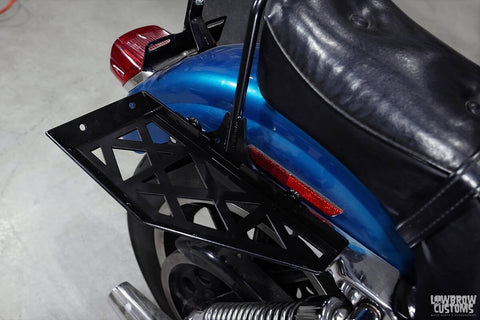What Oil Does My Motorcycle Take?
Trying to determine which oil to use for your bike is like trying to buy paper towels in the grocery store. You stand there staring at an entire aisle of the same product but you cannot decide what is the best deal. 4=6, 6=8, double roll, triple roll, single ply, double ply, super absorbent, bullshit. It will simply drive you insane.
 Choosing a paper towel brand... Why can't I just choose one!?
Choosing a paper towel brand... Why can't I just choose one!?
Choosing an oil is exactly the same experience. Conventional, conventional blend, synthetic, synthetic blend, high milage blend, anti-wear additives, antioxidants, detergents, blah, blah, blah. All of this marketing jargon to sell the same stuff in a different bottle.
And let’s be honest about one thing. How many buddies do you have that claim their engine blew-up due to bad oil? In almost 25 years of messing with cars and motorcycles, I have never seen a mechanical failure that I could directly blame on the oil used.
So why does everyone have such a strong opinion on this subject? Because the companies selling the oil have done a great job convincing you that this is a serious issue, but it’s not.
In reality, there are a variety of motorcycle engine oils on the market that will do the job just fine. Now if you are building a 1000 horsepower drag bike, you might have to be particular, but for the rest of us mere mortals, a decent oil will do the job.
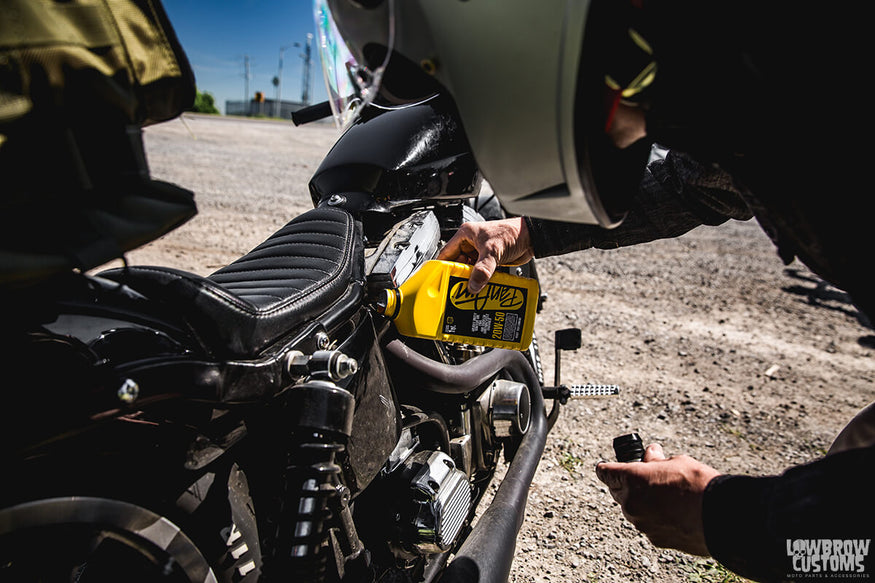 Greg topping off his Evo with some PanAm 20w-50.
Greg topping off his Evo with some PanAm 20w-50.
Things to Consider to Choose the Best Oil for Your Engine
Riding Environment
When you are choosing an engine oil, one of the things to consider is climate. If you live in an area where it gets cold, synthetic oil is probably the right choice.
Most of the wear on your engine happens during start-up, so having an oil that flows in cold temperatures is a good idea. Conventional oils stop flowing at 34°, synthetic oils will flow at -50°. If heat is the issue, Synthetic oils can perform up to 400°. Conventional oils fail at about 270°.
As you can see, synthetic oils offer a lot of benefits, but they are not always the best engine oil for your motorcycle.
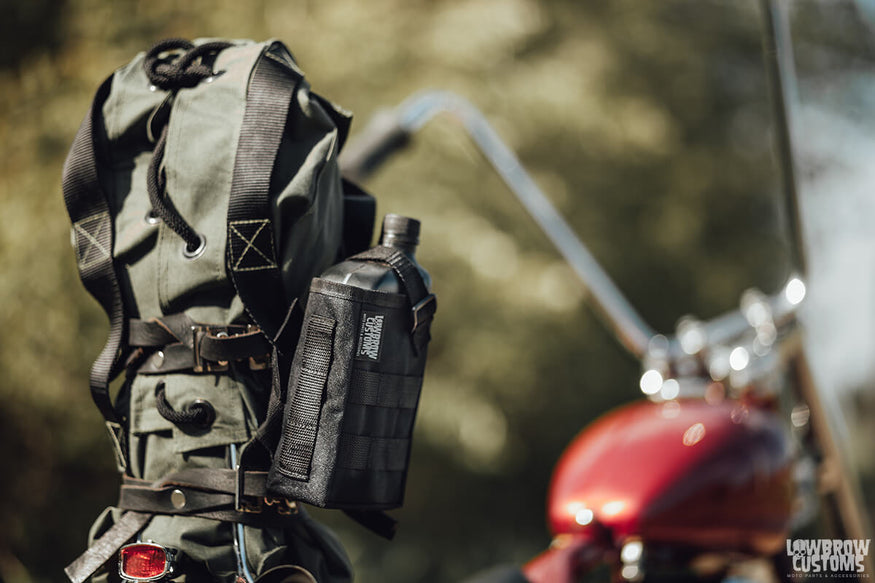 Ken Carvajal's panhead rocking Lowbrow Customs Quart Oil Bottle Carrier
Ken Carvajal's panhead rocking Lowbrow Customs Quart Oil Bottle Carrier
Single Grade Oils vs Multi Grade Oils
Oil is classified by viscosity. Multigrade oils have different flow rates. One for cold temperatures and one for when the oil is warm.
For example, a 20W-50 oil has 2 numbers. 20 is the flow rate when the oil is cold. The “W” represents the word “winter”. The 50 is the number that represents the viscosity when the oil is warm.
A single grade oil like SAE 60 has a single flow rate. This presents a disadvantage when the engine is cold, but straight weight oils do not have viscosity additives, so they do not sheer as easily.
Multigrade transmission oils, like 85W-90 work the same, but they have additives that also reduce foaming and heat dissipation.
 Topping off the transmission with some PanAm 80W-90 on the El Diablo Run.
Topping off the transmission with some PanAm 80W-90 on the El Diablo Run.
Multi grade oils have many advantages over straight weight oils. Viscosity additives and detergents make them the right choice for modern bikes. Multi grade oils can cause leaks in older engines where the machining tolerances are not as precise as modern engines.
We always recommend using the viscosity of oil that your manufacturer request. If your bike came with a straight weight oil, you should stick to that. Just make sure you warm-up the bike before hammering down the road.
 PanAm oils were a popular choice on the cross-country Cannonball run.
PanAm oils were a popular choice on the cross-country Cannonball run.
When Not to Use a Synthetic Oil
If your bike uses a wet clutch and the engine oil bathes that clutch, you need to run a conventional oil.
The reason for this is because a clutch needs friction to work, and synthetic oils do not allow for enough friction enabling proper engagement of a plate clutch. If you use synthetic oil in a wet clutch, you will often experience clutch slippage which will eventually cause the clutch to fail.
 Don't try this at home kids, Doug is a professional. He needs his oil changed every 5k miles.
Don't try this at home kids, Doug is a professional. He needs his oil changed every 5k miles.
How Often Should You Change Your Engine Oil?
Now that we know how to make the right choice, how often should you change your oil? Another thing to know is the 20,000 mile oil change claim is a myth. If you are running a really expensive oil and justifying it by delaying the oil change for 20,000 miles (because the oil manufacturer told you so) you are making a mistake.
The main issue with oil is that it gets dirty. Debris is going to be produced by your engine. Running that debris through your engine for 20,000 miles is not a good idea at all. This will affect your oil filtration system, and the flow rates of the oil in your engine.
Most of us should change our oil after 5,000 miles. That is the best way to keep the debris in the engine to a minimum and keep the flow rates and filtration at optimum levels. To ensure you're changing your oil at the right time and keeping your engine running smoothly, consider using a 60 PSI Harley Oil Pressure Gauge. Monitoring your oil pressure allows you to catch any drops or inconsistencies, helping you identify potential issues early and maintain optimal oil flow.
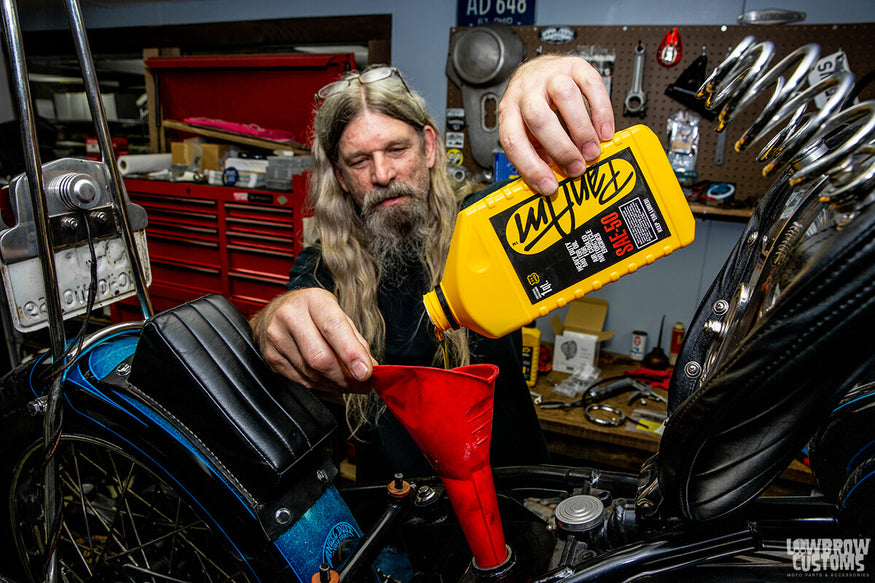 Todd using PanAm SAE-50 on Tyler's 1959 Harley Panhead chopper. It gets an oil change more frequently than 5,000 miles, as it has velocity stacks on the carburetors, which do not have any filter.
Todd using PanAm SAE-50 on Tyler's 1959 Harley Panhead chopper. It gets an oil change more frequently than 5,000 miles, as it has velocity stacks on the carburetors, which do not have any filter.
Best Places to Buy Engine Oil for Your Bike
Lowbrow Customs carries PanAm® conventional oils, and Spectro® Synthetic oils. We have used these brands in our bikes for years and can vouch for their performance.
All of our oil is produced in the USA. We offer oil change kits that come complete with all the oil you need and a high-quality oil filter to get the job done. No guesswork required.
We know these oils work well and will keep your engine clean, cool, and lubed. What more could you ask for?
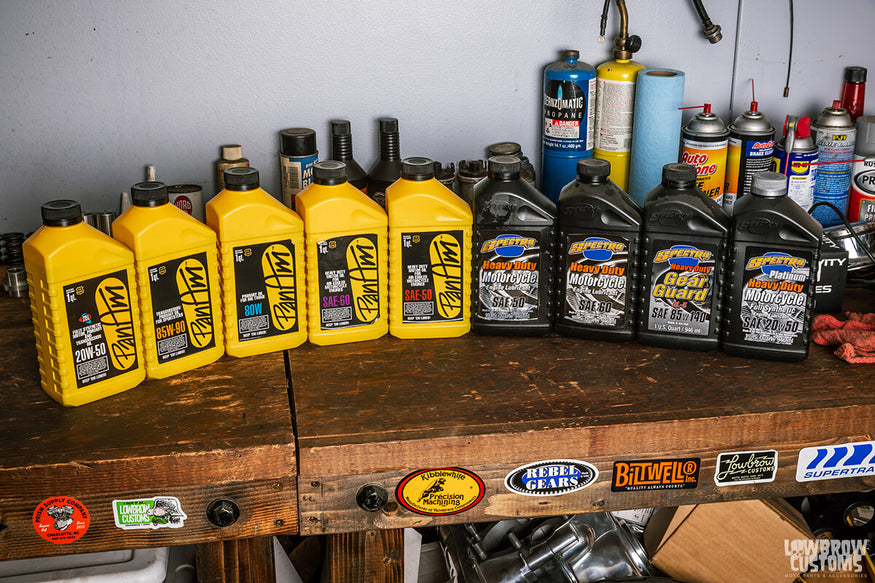 PanAm and Spectro in stock and ready to ship to you today!
PanAm and Spectro in stock and ready to ship to you today!
Related Products










